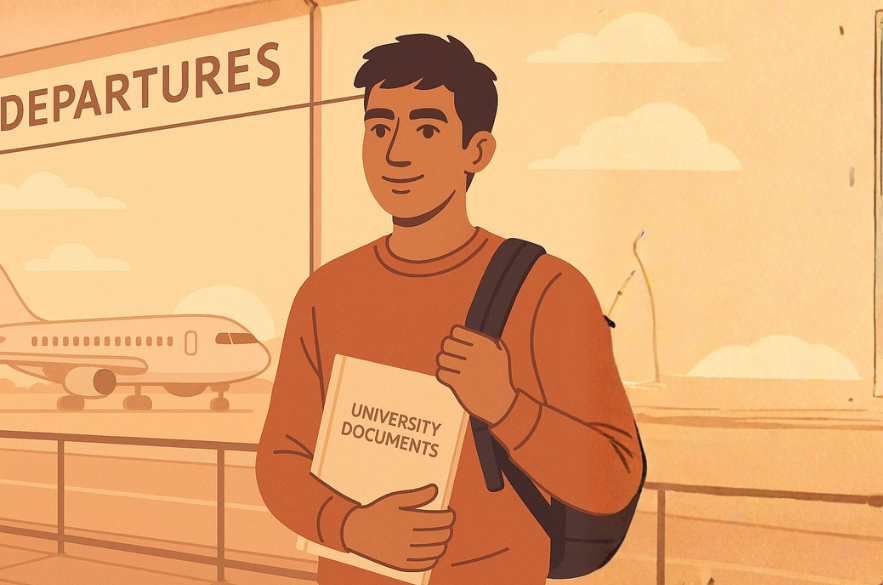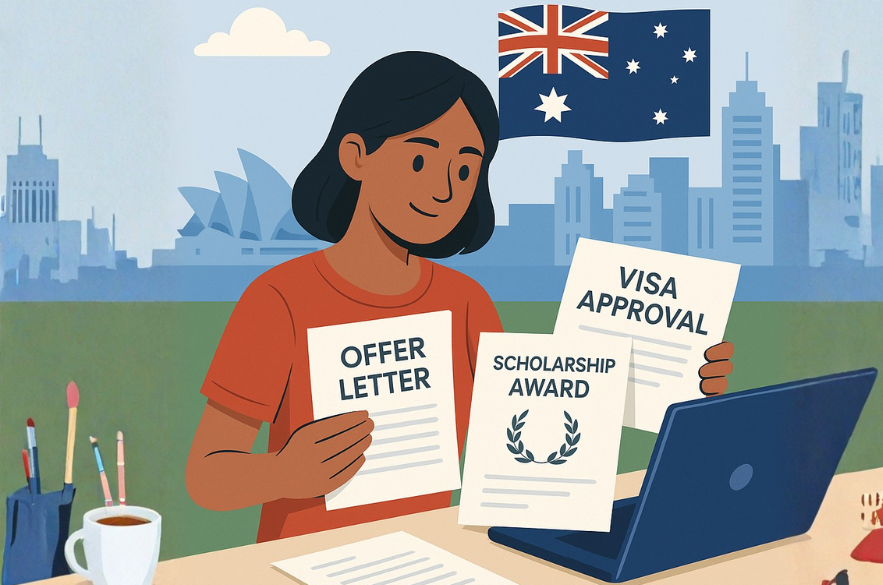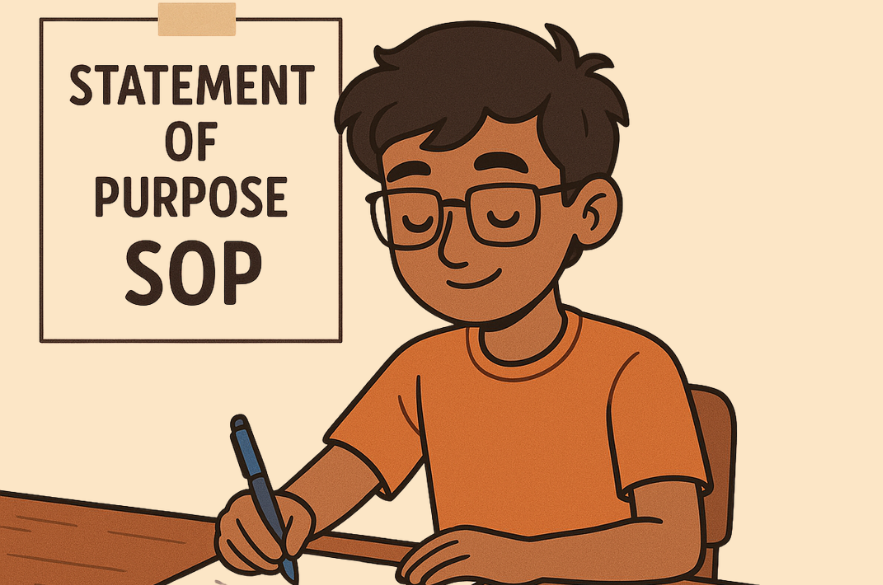Best Study Abroad Consultants in Mumbai: Full Guide for Students in 2026
Every year, thousands of students from Mumbai aim to study abroad to gain access to world-class universities, specialized programs, and international career opportunities. According to the Ministry of External Affairs, Government of India, more than 1.3 million Indian students are currently studying overseas. With increasing demand for skilled global talent, countries such as the UK, USA, Canada, Australia, and Germany continue expanding student pathways and post-study work options. The process of applying abroad, however, involves multiple steps, researching universities, preparing academic records, writing SOPs, managing application deadlines, and filing visa documents according to embassy rules. Many students from Mumbai choose study abroad consultants to simplify this journey. This guide explains how to choose the best study abroad consultants in Mumbai, the services they provide, and what factors students should evaluate before finalizing one in 2026. Why Students in Mumbai Prefer Studying Abroad Mumbai is home to students from institutions like Mumbai University, NMIMS, IIT Bombay, St. Xavier’s College, and multiple private colleges. The most common reasons these students apply abroad include: 1. Global Academic Exposure International universities offer specialized programs, practical training, and advanced research facilities. 2. Strong Post-Study Work Opportunities UK Graduate Route: Allows eligible graduates to work for 18 months – 3 years after completing Canada Post-Graduation Work Permit (PGWP): Enables students to work after graduation, often leading to permanent residency pathways. Australia Temporary Graduate Visa (Subclass 485): Provides work rights for eligible graduates for 2+ years. 3. Improved Job Prospects International degrees are valued in sectors such as: Engineering Business Health sciences Data and technology Media and communications 4. Exposure to Multicultural Environments Living abroad helps students build communication skills, independence, and global cultural understanding. What Study Abroad Consultants in Mumbai Actually Do Students often underestimate the complexity of studying abroad. The right consultant provides structured guidance across: Profile Analysis Consultants evaluate academic records, test scores, career plans, and financial capacity. University Shortlisting They help students select countries and universities aligned with: Grades Budget Career goals Program requirements Application Support Includes: Filling online forms Uploading documents Tracking deadlines Communicating with universities SOP, LOR, and Resume Guidance Many universities require: Statement of Purpose Letters of Recommendation Academic Resume Consultants guide students on format, structure, and content while ensuring originality. Visa Assistance Visa rules vary across countries, and consultants help with: Document checklists Financial proofs Application accuracy Scholarship Guidance Consultants inform students about: University-based scholarships Merit-based awards Government programs Accommodation & Pre-Departure Support Students receive help with: Housing options Travel planning Airport pickup guidance Local city orientatio Key Factors to Consider When Choosing the Best Study Abroad Consultants in Mumbai (2026) 1. Check University Partnerships & Accreditation Look for consultants who partner with reputed universities. While partnerships don’t guarantee admission, they help students receive accurate guidance. Ask consultants: Which universities they collaborate with Whether they submit applications directly or via third parties Whether they receive training or official certifications 2. Verify Visa Success Rates Visa success depends heavily on: Correct documentation Genuine financial evidence Clear academic intent A reliable consultant will: Provide past success cases Guide you using official embassy rules Avoid false guarantees Be cautious of consultants who claim: “Guaranteed visa” “Guaranteed admission” Such promises violate embassy guidelines. 3. Transparent Counselling & Service Fees Some consultants charge for: University applications Visa filing SOP/LOR guidance Coaching (IELTS, PTE, GRE) Students should request: A complete fee structure Written list of services Information on refunds Hidden charges are a red flag. 4. Experience with Mumbai Students Students from Mumbai often have different educational backgrounds than other cities. Consultants familiar with: Mumbai University credit systems State board vs. CBSE grading Popular fields like media, commerce, finance can provide more accurate guidance. 5. Support with Accommodation, Part-Time Work & Travel Students relocating abroad commonly need support with: Housing Airport pickup options Part-time work rules For example: UK allows part-time work up to 20 hours per week for eligible students. Australia also permits 48 hours per fortnight during study terms. Consultants providing real post-arrival guidance offer better long-term support. Estimated Cost of Studying Abroad for Mumbai Students Expense Type Approx. Amount (INR) Tuition Fees ₹6,00,000 – ₹35,00,000 per year Living Costs ₹6,00,000 – ₹12,00,000 per year Visa + Application Fees ₹15,000 – ₹60,000 Air Tickets ₹35,000 – ₹80,000 Fees vary significantly based on country, city, and institution. Always check official university portals. Conclusion Choosing the best study abroad consultants in Mumbai requires careful evaluation of their experience, transparency, visa expertise, and the level of support they provide throughout your journey. Students should prioritize consultants who offer credible guidance, follow official embassy rules, and focus on long-term academic success rather than unrealistic guarantees. If you want personalized guidance for university selection, applications, SOP, scholarships, and visas, Go2West offers free counselling for students across Mumbai. → Book Your Free Consultation Now Recommended Blog to Read Next: Last Call to Apply for the UK January 2026 Intake: Deadlines, Universities, and Visa Guide











